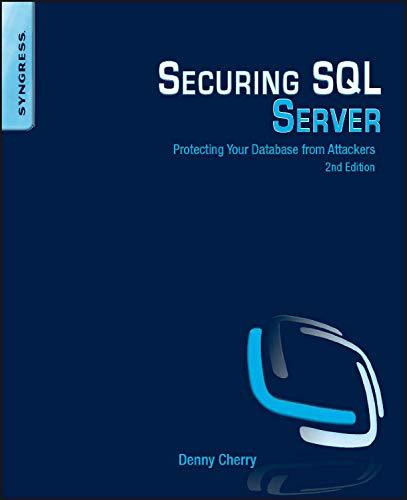i need detailed explaination for 2 a, b and c
Answer for 2 b is given in red color, but I have no clue. how he got this answer.
i have nice exaolaination for 2a 2b and 2c.
Artifical Intelligence Past Paper
(Search) - 25 points The above (hopefully familiar) map defines a search space, where each city is a state, and each road represents an action that can take the agent from one city to another. The cost of going through a road is simply the length of the road. 2a. (8 points) Given Hamburg as the start node and Munich as the goal node, draw the first three levels of the search tree (the root is the first level). 2b. (8 points) (NOTE: multiple answers may be correct here.) Assuming that the search does not keep track of cities already visited, list (in the order in which they are expanded) the first five nodes (including the start node corresponding to Hamburg) expanded by uniform cost search and iterative deepening search. For each of those first five nodes you just have to give the name of the corresponding city. Uniform cost search: Hamburg (cost 0), Luebeck (cost 63), Bremen (cost 116). Hamburg (cost 126), Hannover (cost 153) Iterative deepening search: Hamburg Hamburg Luebeck Bremen Hannover Berlin 2c. (4 points, harder) For our route-finding search problem, precisely define an admissible heuristic function that makes A behave exactly like uniform cost search (i.e., the sequence of nodes visited by A* is always the same as the sequence of nodes visited by uniform cost search, as long as there are no ties among nodes). (Search) - 25 points The above (hopefully familiar) map defines a search space, where each city is a state, and each road represents an action that can take the agent from one city to another. The cost of going through a road is simply the length of the road. 2a. (8 points) Given Hamburg as the start node and Munich as the goal node, draw the first three levels of the search tree (the root is the first level). 2b. (8 points) (NOTE: multiple answers may be correct here.) Assuming that the search does not keep track of cities already visited, list (in the order in which they are expanded) the first five nodes (including the start node corresponding to Hamburg) expanded by uniform cost search and iterative deepening search. For each of those first five nodes you just have to give the name of the corresponding city. Uniform cost search: Hamburg (cost 0), Luebeck (cost 63), Bremen (cost 116). Hamburg (cost 126), Hannover (cost 153) Iterative deepening search: Hamburg Hamburg Luebeck Bremen Hannover Berlin 2c. (4 points, harder) For our route-finding search problem, precisely define an admissible heuristic function that makes A behave exactly like uniform cost search (i.e., the sequence of nodes visited by A* is always the same as the sequence of nodes visited by uniform cost search, as long as there are no ties among nodes)







